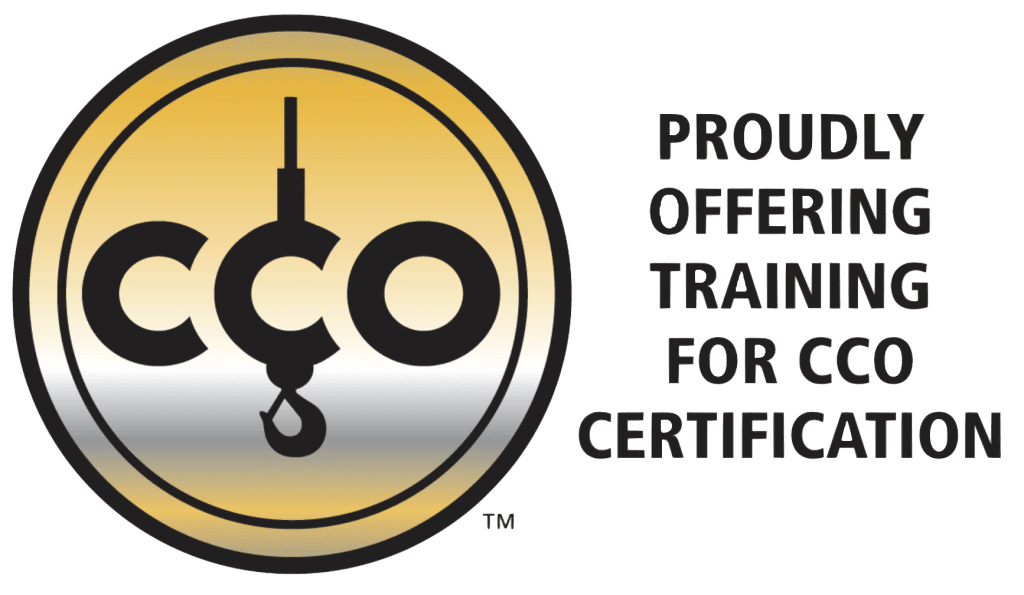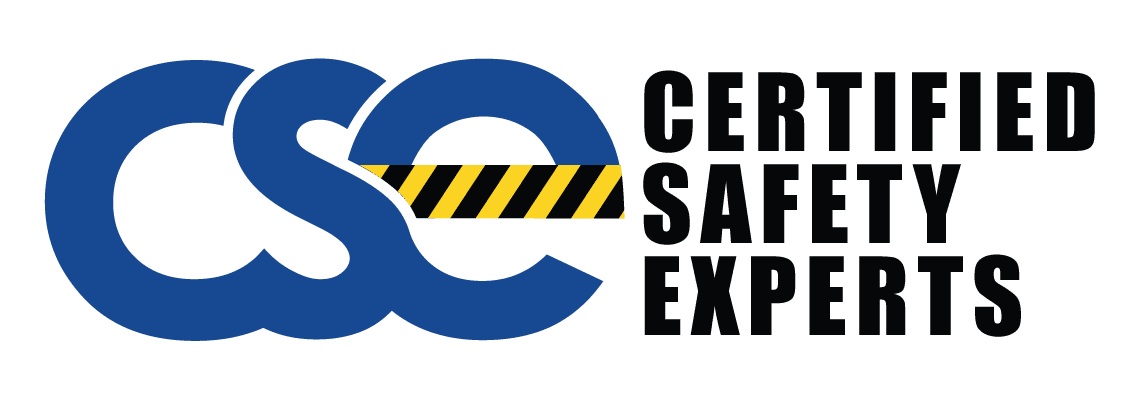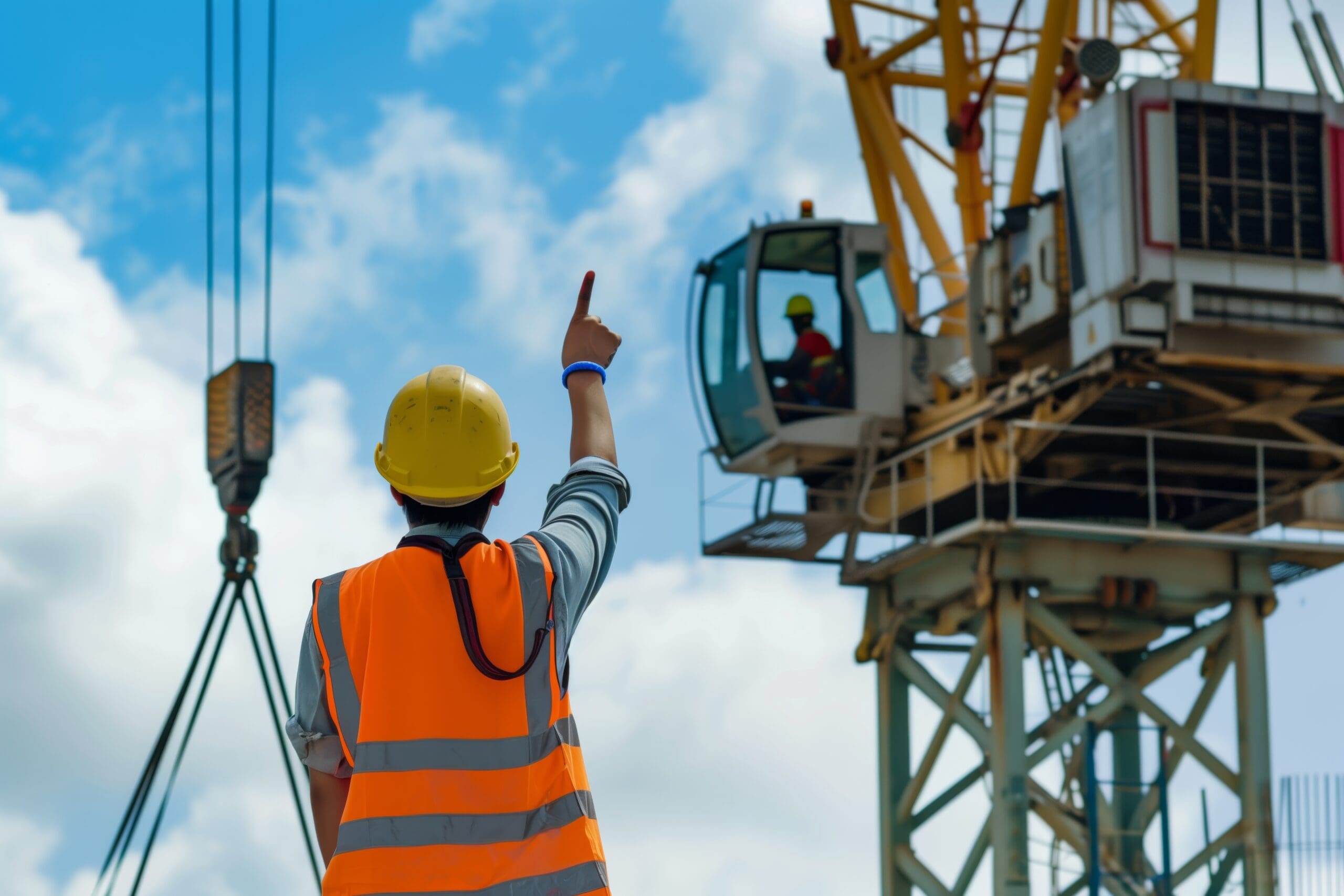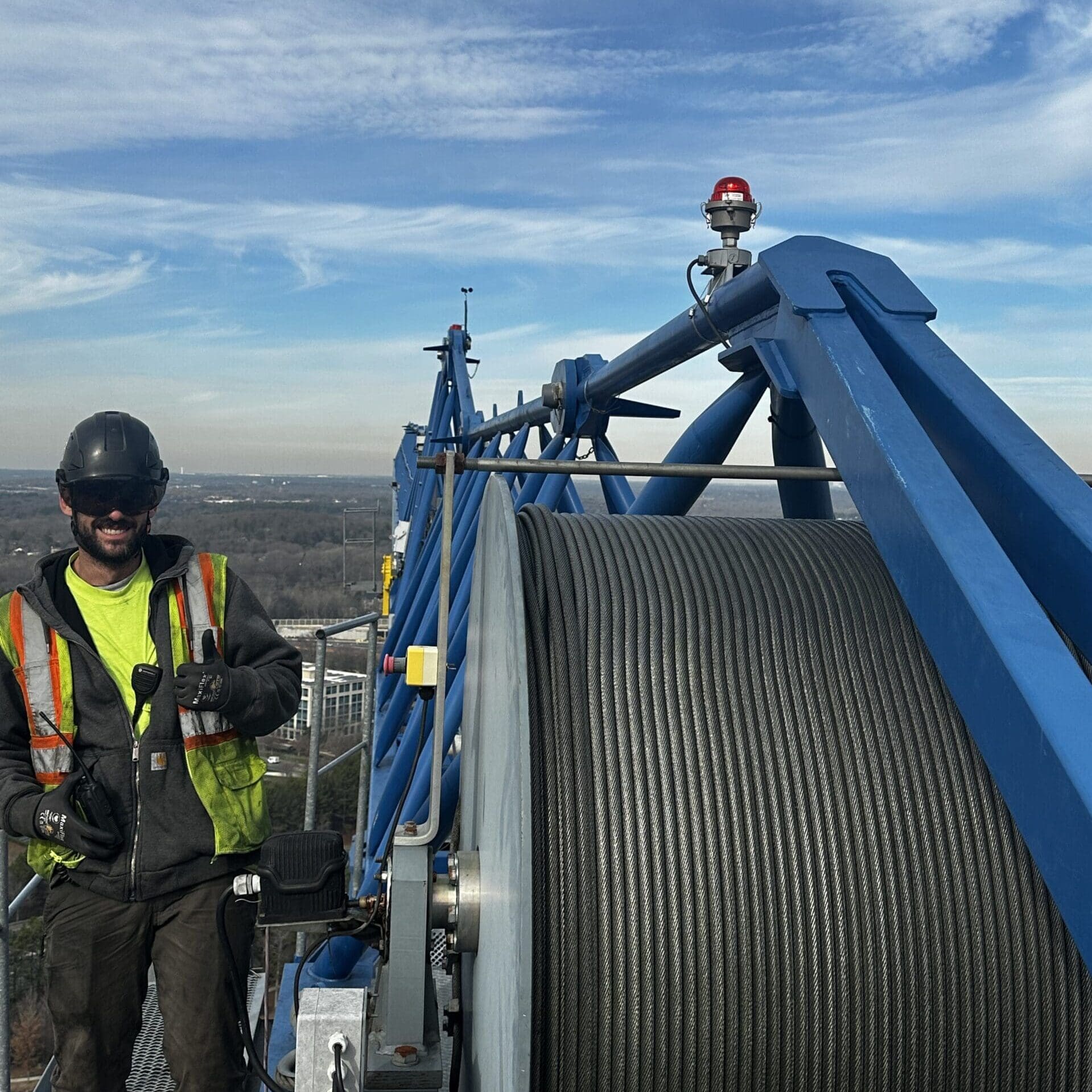What Is a Hand Signal?
A hand signal in site construction is a non-verbal communication method using specific hand gestures to convey instructions between workers, especially in loud environments or when machinery operates nearby.
Why Do Workers Use Hand Signals on Construction Sites?
Workers use hand signals to ensure safety, coordinate heavy equipment operations, and prevent accidents when verbal communication fails due to:
- Noise pollution from machinery.
- Long distances between workers.
- Poor radio signal reception.
What Are the Common Hand Signals in Construction Sites?
| Hand Signal Description | Meaning | Typical Use |
| One Arm Up, Palm Open | Stop | Emergency stops, halting equipment. |
| Thumbs Up | All Clear/Proceed | Start operations or resume movement. |
| One Arm Moving Up and Down | Raise | Lift load or elevate platform. |
| Both Arms Moving Side to Side | Move Horizontally | Shift load or equipment left or right. |
| Clenched Fist with Rotating Motion | Rotate/Turn | Rotate crane or turn equipment. |
| Pointing Finger with Arm Extended | Move in Direction Indicated | Direct vehicles, cranes, or loaders. |
| Hands Crossed Above Head | Emergency Stop | Stop all operations immediately due to danger. |
Who Typically Uses Hand Signals on a Construction Site?
- Signal Person (Banksman) guides crane operators and vehicle drivers.
- Crane Operators rely on signalers when visibility is limited.
- Equipment Operators follow hand signals for precision during loading, lifting, or digging.
What Are the Key Safety Guidelines When Using Hand Signals?
- Standardize signals across teams using OSHA or CPCS guidelines.
- Ensure all workers understand signals through training.
- Maintain eye contact between the signal person and operator.
- Use high-visibility gloves to enhance signal visibility.
What Regulatory Standards Govern Construction Hand Signals?
- OSHA 1926.1428 outlines requirements for qualified signal persons.
- CPCS Code of Practice details hand signals in UK construction sites.
- ANSI B30.5-3.3.4 provides crane hand signal standards.
How Do Hand Signals Improve Site Safety and Efficiency?
- Reduce Miscommunication: Clear gestures prevent misunderstandings.
- Prevent Accidents: Quick signals stop hazardous actions.
- Enhance Workflow: Operators receive precise instructions for load handling.
Is Certification Required to Use Hand Signals on a Construction Site?
Yes, in many countries, certification is required to legally perform hand signaling duties, especially for crane operations and heavy equipment guidance.
When Is Certification Mandatory for Hand Signalers?
| Country/Region | Certification Requirement | Applicable Equipment | Governing Authority |
| United States | Yes – Qualified Signal Person Certification | Cranes, hoists, heavy machinery | OSHA 1926.1428 |
| United Kingdom | Yes – CPCS Traffic Marshal or Banksman Training | Cranes, telehandlers, site traffic management | Construction Plant Competence Scheme (CPCS) |
| Canada | Yes – Signal Person Training Required | Cranes, trucks, heavy lifting | Canadian Centre for Occupational Health and Safety (CCOHS) |
| Australia | Yes – Dogging (DG) License Required | Cranes, rigging, load guiding | Safe Work Australia |
What Does a Signal Person Certification Cover?
- Hand Signals Training: OSHA, CPCS, or equivalent hand signals.
- Load Movement Control: Techniques to guide heavy equipment safely.
- Communication Protocols: Radio use, emergency stop procedures.
- Hazard Recognition: Spotting load instability or dangerous site conditions.
How Can You Get Certified as a Signal Person?
- Attend an Accredited Course:
- OSHA-authorized training providers in the US.
- CPCS Training Centers in the UK.
- Registered Training Organizations (RTO) in Australia.
- Complete Practical and Theory Assessments:
- Demonstrate correct hand signals.
- Pass written exams on site safety and load control.
- Receive Certification/License:
- OSHA Qualified Signal Person Card (USA).
- CPCS Traffic Marshal/Banksman Card (UK).
- High-Risk Work License – DG (Dogging) (Australia).
What Happens If You Work Without Certification?
- Legal Penalties: OSHA fines up to $15,625 per violation (2024 data).
- Project Delays: Safety audits can halt site operations.
- Liability Risk: Insurance claims may be denied after accidents.
How Much Does Hand Signal Certification Cost?
The cost of hand signal certification varies depending on country, training provider, and certification type. Average price ranges by region include:
| Country/Region | Certification Type | Estimated Cost (Local Currency) | Estimated Cost (USD Equivalent) |
| United States | OSHA Qualified Signal Person Training | $150 – $500 | $150 – $500 |
| United Kingdom | CPCS Traffic Marshal/Banksman Course | £120 – £300 | $150 – $380 |
| Canada | Signal Person Safety Training | CAD $200 – $600 | $150 – $450 |
| Australia | Dogging (DG) License Training | AUD $800 – $1,500 | $520 – $980 |
What Factors Affect Certification Costs?
- Training Duration: 1-day courses often cost less than multi-day programs.
- Training Provider Reputation: Industry leaders like NCCCO (US) or CITB (UK) charge premium fees.
- Practical vs. Theory: Hands-on sessions increase costs but offer better experience.
- Location: Urban centers often have higher course fees than rural areas.
Are There Any Additional Fees?
- Certification Card Fee: $25 – $50 (varies by issuing body).
- Retake Exam Fee: $50 – $150 if initial assessment fails.
- Renewal Fee: Typically every 3-5 years, costing $100 – $300.
Can Employers Cover Certification Costs?
Yes, many construction companies cover training costs as part of safety compliance or workforce development programs. Workers should check with their employer before enrolling.
Certification costs ensure legal compliance and reduce accident risks. The next section explains how long hand signal certification remains valid and when renewal is required.
Choose Us for Best Hand Signal Training
Certified Safety Experts offers industry-leading hand signal training designed for construction professionals. Our OSHA-compliant courses ensure signalers master crane operations, equipment guidance, and hazard prevention. With qualified instructors and hands-on practice, you gain certification quickly and safely.
We cover standard signals, emergency stop protocols, and site communication techniques. Whether you need first-time certification or renewal, Certified Safety Experts guarantees you meet legal requirements and improve on-site safety.
Trusted by leading contractors, we help reduce accidents and boost operational efficiency.
Choose Certified Safety Experts for the best hand signal training—safety, precision, and compliance, every time.




